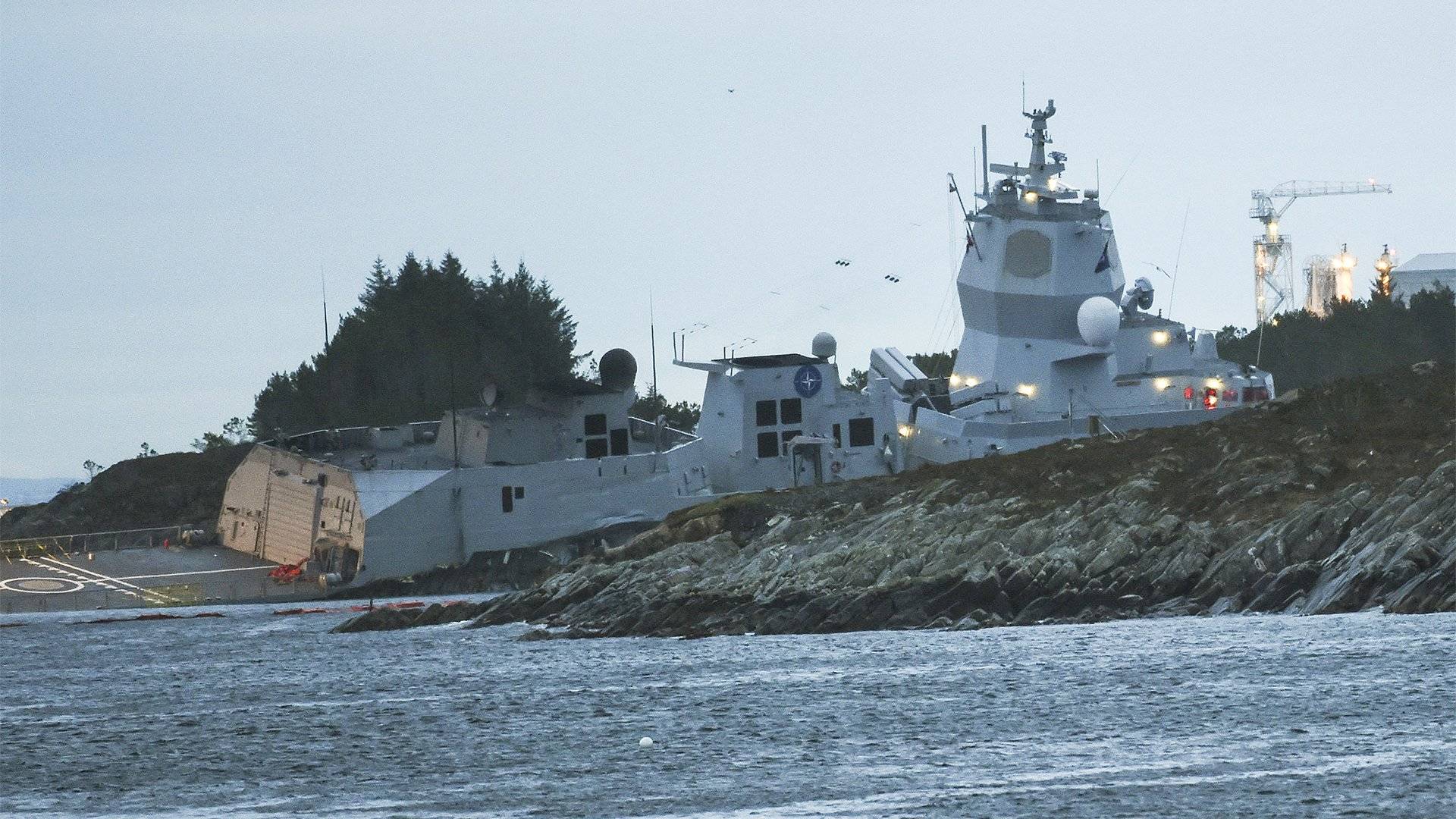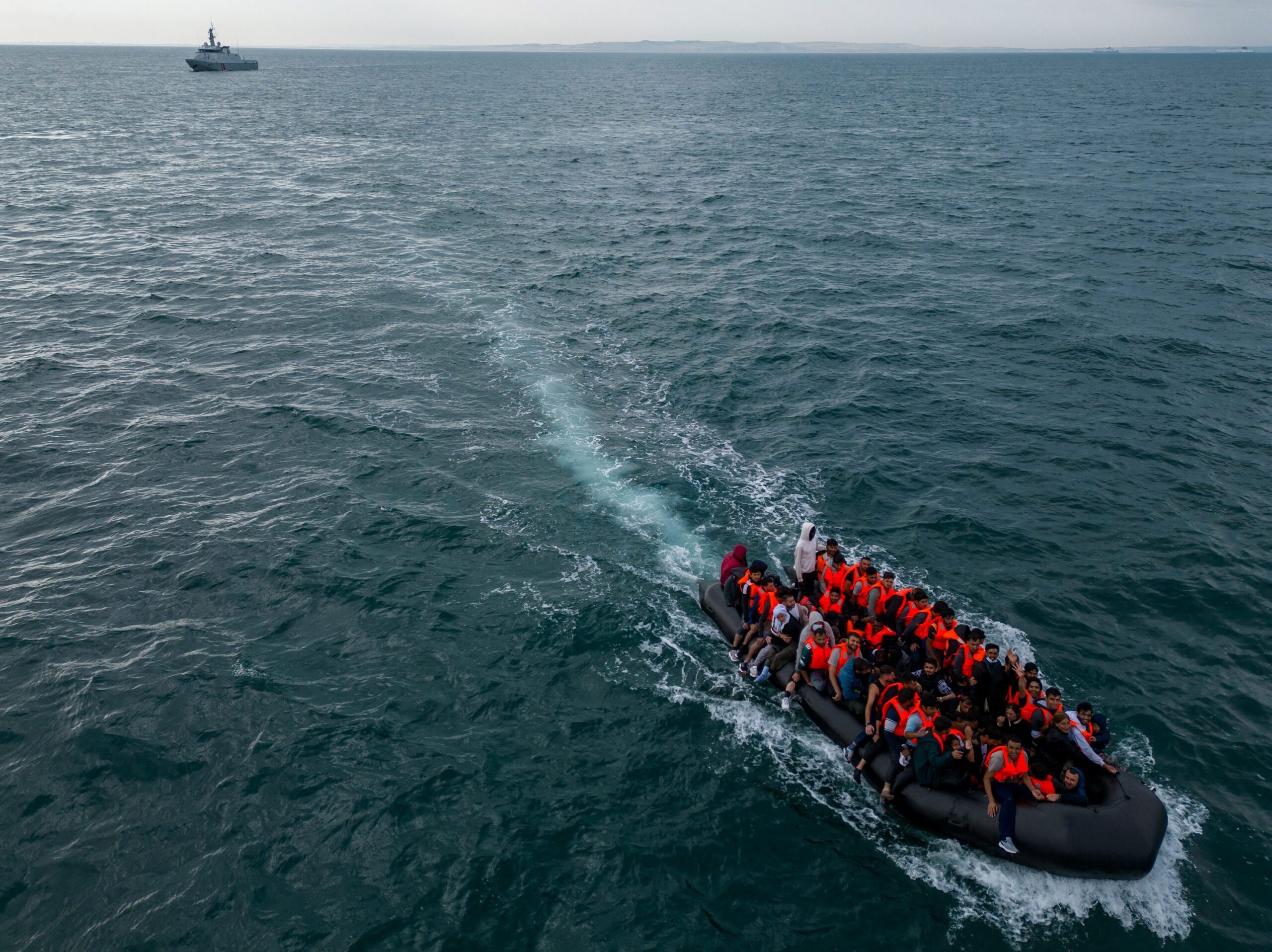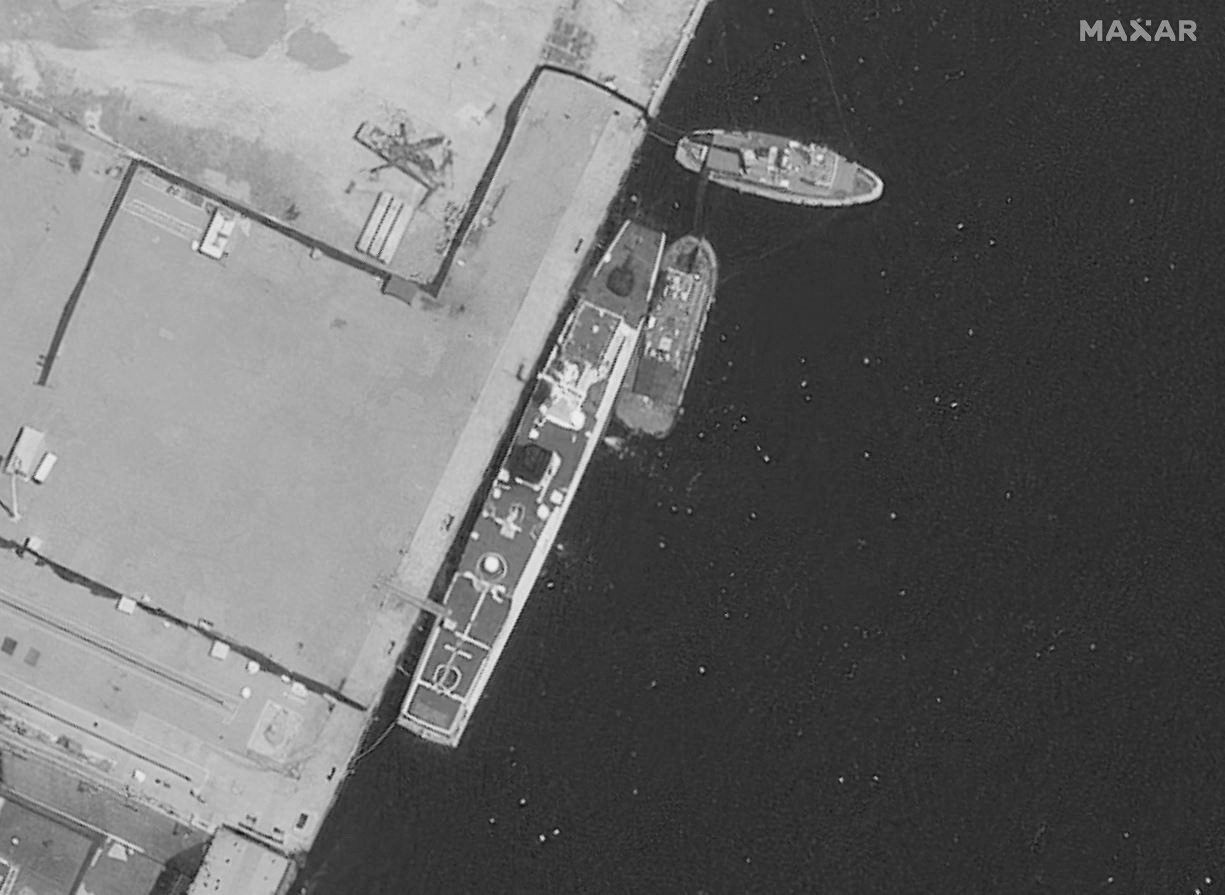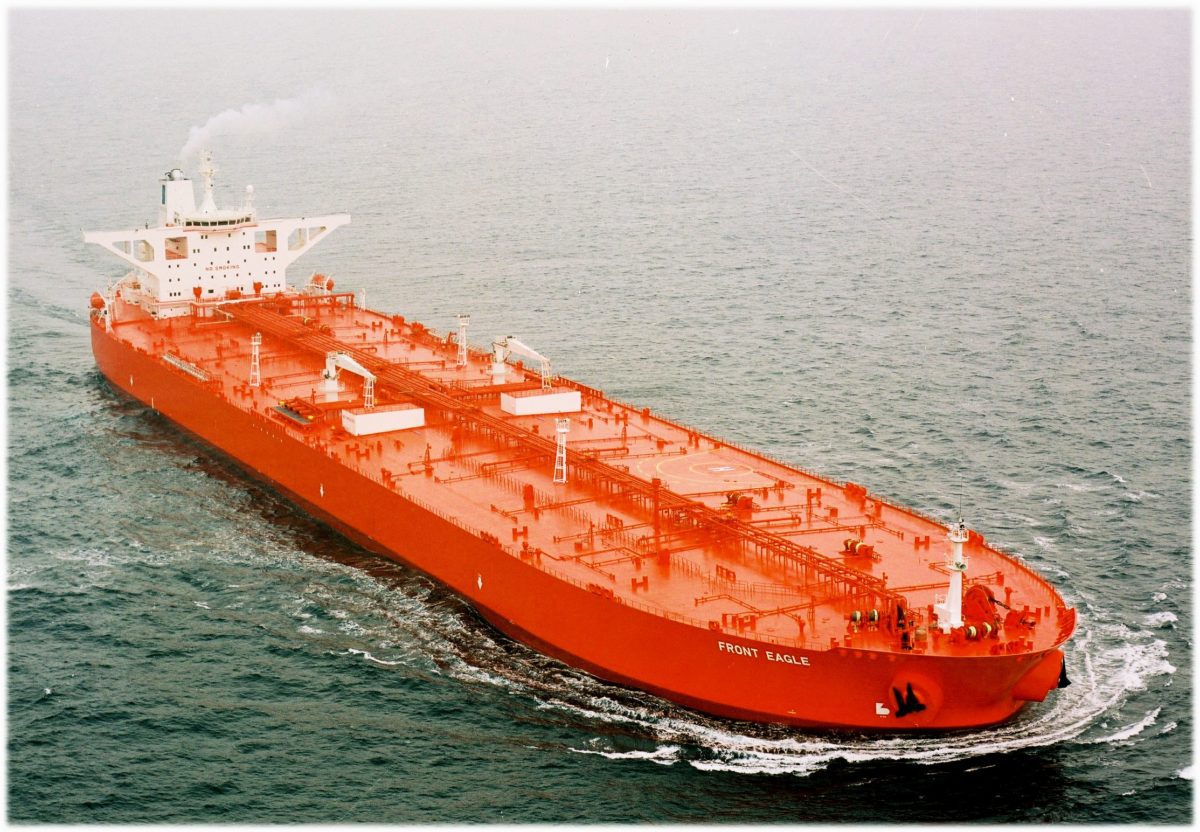The Norwegian frigate “KNM Helge Ingstad” takes on water after a collision with the tanker “Sola TS” in Oygarden, Norway, November 8, 2018. NTB Scanpix/Marit Hommedal via REUTERS
Again. There was a collision at sea again.
Last Thursday, as you most likely have already seen, there was a collision between a Nato Warship, the frigate the KNM Helge Ingstad, and a 250-meter tanker, the Sola TS.
The tanker had just left its berth and was under tug escort when a head-on situation developed between the Sola TS and the KNM Helge Ingstad. The Vessel Traffic Service was also in contact with the Sola TS between when they left the berth at 03:43 local time and when the collision was reported the have happened 04:02 Lt.
In the information that is now available, both vessels could be seen on radar and in the few minutes in the recordings, it was clear that the vessels were in contact by radio about two minutes before the collision.
So why the collision?
Lack of experience? Lack of situational awareness? Change of watch? All of these factors come into play, rarely is an accident caused by only one reason. At this point, while many facts on the timeline are known, the root cause will likely be months away following full investigations.
As humanity is developing artificial intelligence and machine learning, working to establish an autonomous assistant to operators in situation monitoring that far surpasses what is installed in a commercial setting on board ships. At a time when avionics are advanced to the point that airlines rarely have accidents compared to the number of flights per day, maritime safety is lacking. Looking towards a future of self-driving cars, ships, and aircraft – how can we teach machines to overcome our bad judgments and limitations?
We as humans, in how we control equipment, the flaws in our thought processes and those in our designs create the links in the error chains that can allow for these types of accidents to take place. All of the factors that could have contributed to this accident fall into this chain, all of it either intentional or not falls into what we could design out if we learn from these investigations and those that have come before.
The maritime industry as a whole has failed over many years to take the accidents that happen at sea as seriously as the ones that occur in the air. The maritime community has not implemented actions towards avoiding collisions, operational hazards, and design changes in the same manner as the aviation community has.
There is hope; however, there are many people worldwide who are investigating the causes and factors at play in past accidents, procedural failings, human factors, design flaws, and awareness. People are trying to share knowledge and experiences, so the same accident can be avoided. There are great assessment programs – aimed to find skill weaknesses in navigation and bridge team management and to make training plans for improving upon them.
Take the time to read up on this seemingly textbook collision. Think about the other maritime incidents that have happened recently. Don’t think that these accidents only happen to other people – it only takes one misstep between a near miss and a catastrophe.
Take away what you’ve observed from this – discuss it with your colleagues. Find ways to ever be improving. Awareness, procedures, re-design from lessons learned.
Fair winds and following seas – if not that a strong hull and a cautious mariner.
Note: This editorial was written by an American master mariner and edited by John Konrad.

 Join The Club
Join The Club











